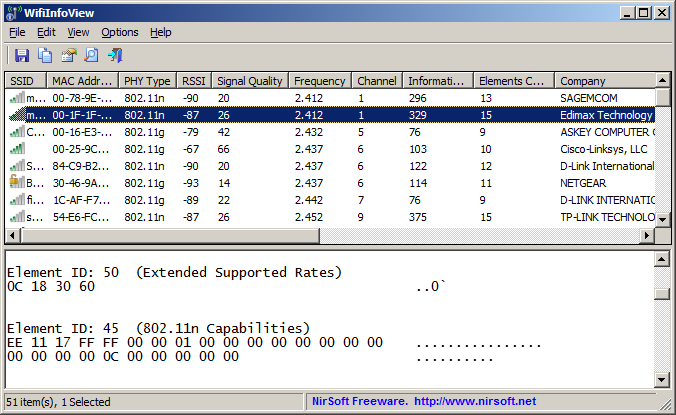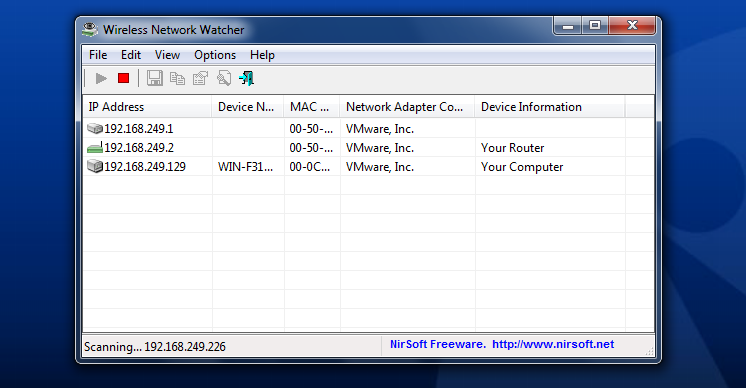
To learn how to find out which version of Windows you have, see Which Windows operating system am I running? On Windows 8.1 or 7, search for Network and, then select Network and Sharing Center from the list of results. On Windows 10, select the Start button, then select Settings > Network & Internet > Status > Network and Sharing Center. On Windows 11, select the Start button, type control panel, then select Control Panel > Network and Internet > Network and Sharing Center. On a Windows PC that’s connected to your Wi-Fi network, do one of the following, depending on which version of Windows is running on your PC: After you find your password, you can use it on another PC or device to connect to your Wi-Fi network. If you forgot your Wi-Fi network password, you can find it if you have another Windows PC already connected to your Wi-Fi network. There are also quite a few additional URIs that you can start from a command prompt (or even a script), as documented in the Launch an app with a URI documentation section – the Settings app alone has pages of URIs documented which will navigate to specific settings pages.Windows 11 Windows 10 Windows 8.1 Windows 7 More. (So now you too can perform white glove deployments from a hotel room, without carrying a Wi-fi/Ethernet bridge with you.) We’ll see if we can add an easier way to handle this in the future. Close out of the browser, exit from the command prompt, and you’re set to go. The browser will redirect (at least with well-behaved captive portals) to the captive portal authentication/sign-in/terms page, so you can complete the connection. If by chance you also need to complete a captive portal, it won’t pop up automatically, but you can launch a browser (Internet Explorer by default) with a similar mechanism:


What you end up with is something like this: You can use this command instead to skip the Settings app altogether and just show the Wi-fi fly-out pane where you can connect more quickly:


You can press Shift-F10 to open a command prompt (as long as the device is not running in S Mode), and from there you can launch the Settings app by running the command:Īnd after the Settings app loads, you can navigate to the networking Wi-fi page, connect, and continue from there.īut there’s a slightly easier way. As part of our Windows Autopilot white glove documentation, we state that Ethernet connectivity is required “due to the requirement to choose a language, locale, and keyboard to make that Wi-fi connection doing that in a pre-provisioning process could prevent the user from choosing their own language, locale, and keyboard when they receive the device.”īut as a number of you have pointed out, it isn’t that hard to make a Wi-fi connection during OOBE.


 0 kommentar(er)
0 kommentar(er)
